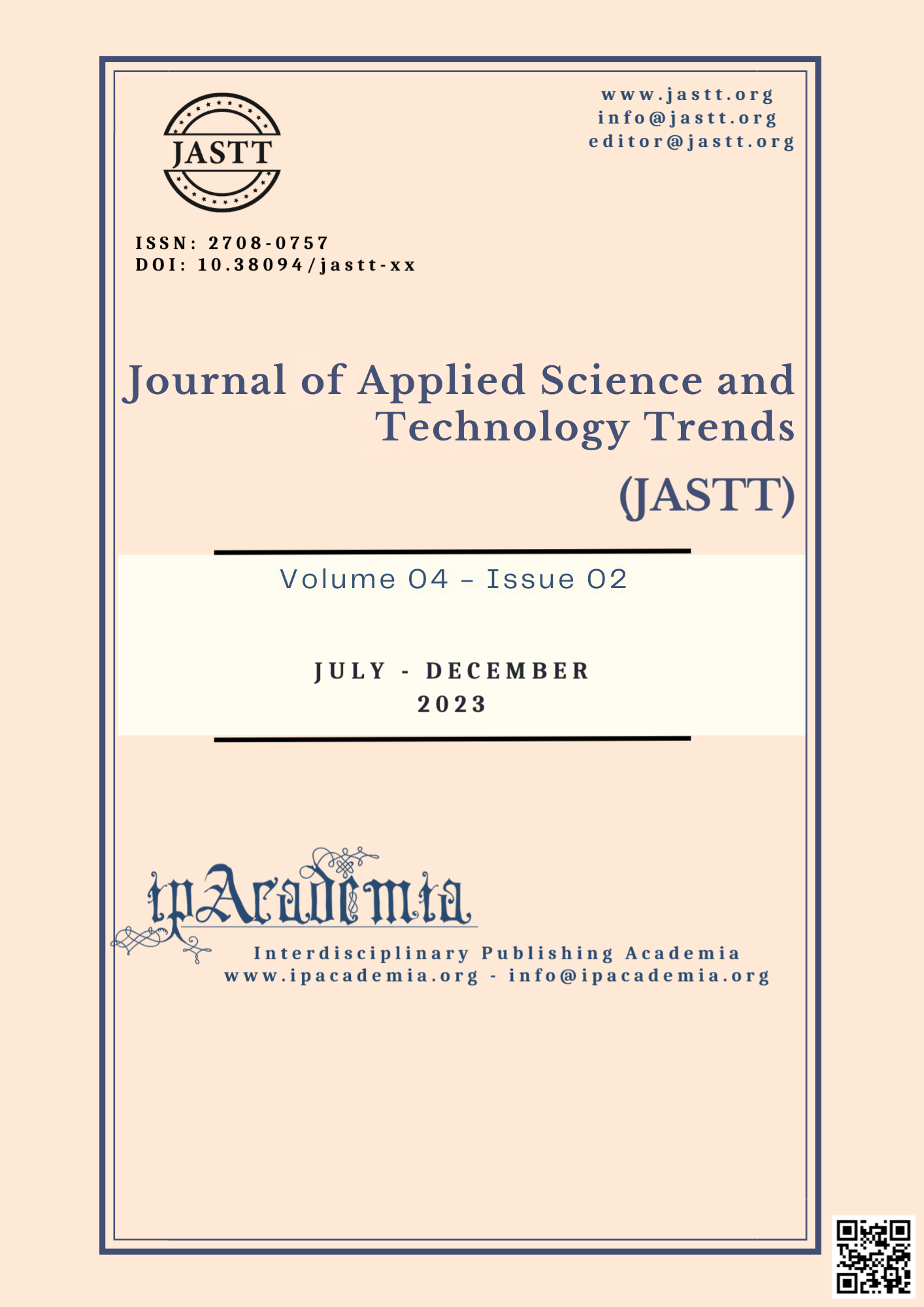A different perspective towards urban planning based on GIS and VGI techniques

Abstract
Urban planning is considered one of the most critical topics in the design and development strategies of cities. There are a vast number of urban planning rule sets that focus on dominating the geometrical perspective over other approaches when it comes to planning decisions. In this paper, a different point of view towards urban planning is suggested, concentrating on the topological analysis and relations between city elements. The streets of cities are chosen to reflect this topological relation and to investigate the topological relations to the limits; six different-sized cities were selected for analysis: three large cities and three relatively small ones. The results of the study uncovered the hierarchical pattern underlying the street structure of cities; analyses showed that street networks in large cities have a higher degree of hierarchical level than in relatively small cities. Urban planners can benefit from the results of the analyses in this study to make better planning decisions in large or small cities. The paper provides analysis results towards achieving the optimum goals of urban planning to make cities more living and more efficient.
Keywords
Geometric analysis, Topological analysis, Head/tail breaks, scale-free property, small- world property
References
- R. T. LeGates, N. J. Tate, and R. Kingston, "Spatial thinking and scientific urban planning," Environment and Planning B: Planning and Design, vol. 36, pp. 763-768, 2009 2009.
- Y. Murayama and R. B. Thapa, Spatial Analysis and Modeling in Geographical Transformation Process (The GeoJournal Library). Springer, 2011.
- C. Jianquan and I. Masser, "Towards a Spatial Analysis Framework: Modelling Urban Development Patterns," presented at the Geocomputation Conference Brisbane, 2001, 2001.
- M. R. Hussain, "An Overview of Geographic Information System (GIS)," 2016 2016.
- M. F. Goodchild, M. Yuan, and T. J. Cova, "Towards a general theory of geographic representation in GIS," International Journal of Geographical Information Science, vol. 21, no. 3, pp. 239-260, 2007 2007.
- M. Haklay and P. Weber, "OpenStreetMap: User-Generated Street Maps," Pervasive Computing, IEEE, vol. 7, no. 4, pp. 12-18, 2008 2008.
- M. Haklay, "How good is Volunteered Geographical Information? A comparative study of OpenStreetMap and Ordnance Survey datasets," Environment and Planning B: Planning and Design, vol. 37, no. 4, pp. 682-703, 2010 2010.
- B. Hillier and J. Hanson, The Social Logic of Space. Cambridge: Cambridge University Press, 1984.
- B. Jiang and C. Claramunt, "Integration of space syntax into GIS: New perspectives for urban morphology," Transactions in GIS, vol. 6, no. 3, pp. 295-309, 2002 2002.
- B. Jiang and C. Claramunt, "Topological analysis of urban street networks," Environment and Planning B: Planning and Design, vol. 31, no. 1, pp. 151-162, 2004 2004.
- R. C. Thomson, "Bending the axial line: smoothly continuous road centre-line segments as a basis for road network analysis," presented at the Proceedings of the Fourth Space Syntax International Symposium, 2003, 2003.
- B. Jiang and C. Liu, "Street?based topological representations and analyses for predicting traffic flow in GIS," International Journal of Geographical Information Science, vol. 23, no. 9, pp. 1119-1137, 2009 2009.
- M. Mitzenmacher, "A brief history of generative models for power law and lognormal distributions," Internet Mathematics, vol. 1, no. 2, pp. 226–251, 2004 2004.
- B. Jiang, "A Topological Pattern of Urban Street Networks: Universality and Peculiarity," Physica A: Statistical Mechanics and its Applications, vol. 384, no. 2, pp. 647-655, 2007 2007.
- M. Yuan, M. D. Mark, J. M. Egenhofer, and J. D. Peuquet, "Extensions to Geographic Representations," in A Research Agenda for Geographic Information Science, B. R. McMaster and L. E. Usery Eds. New York: CRC Press, 2005, pp. 129–56.
- B. Jiang, S. Zhao, and J. Yin, "Self-Organized Natural Roads for Predicting Traffic Flow: A Sensitivity Study," Journal of Statistical Mechanics: Theory and Experiment, p. P07008, 2008 2008.
- B. Jiang, "A Topological Representation for Taking Cities as a Coherent Whole," Geographical Analysis, vol. 50, no. 3, pp. 298-313, 2018 2018.
- B. Jiang and C. Claramunt, "A structural approach to model generalization of an urban street Network," presented at the Proceedings of the 5th AGILE Conference on Geographic Information Science, 2002, 2002.
- B. Hillier, "The Now and the Future of Space Syntax: From structures and models to theory," presented at the 9th International Space Syntax Symposium Seoul, 2009, 2009.
- B. Hiller, A. Leaman, P. Stansall, and M. Bedford, "Space Syntax," Environment and Planning B: Planning and Design, vol. 3, no. 2, pp. 147-185, 1976 1976, doi: 10.1068/b030147.
- B. Hillier and O. Sahbaz, "High resolution analysis of crime patterns in urban streetnetworks: an initial statistical sketch from an ongoing study of a London borough," presented at the Proceedings of 5th International Space Syntax Symposium, 2005, 2005.
- Y. T. Mustafa and D. R. Ismail, "Land use land cover change in Zakho District, Kurdistan Region, Iraq: past, current and future," in 2019 International Conference on Advanced Science and Engineering (ICOASE), 2019: IEEE, pp. 141-146.
- D. J. Watts and S. H. Strogatz, "Collective dynamics of “small-world” networks," Nature, vol. 393, pp. 440-442, 1998 1998.
- B. Jiang, "Head/tail breaks: A new classification scheme for data with a heavy-tailed distribution," The Professional Geographer, vol. 65, no. 3, pp. 482-494, 2013 2013.
- B. Jiang, "Street hierarchies: a minority of streets account for a majority of traffic flow," International Journal of Geographical Information Science, vol. 23, no. 8, pp. 1033-1048, 2009 2009.
- B. Jiang and X. Liu, "Scaling of geographic space from the perspective of city and field blocks and using volunteered geographic information," International Journal of Geographical Information Science, vol. 26, no. 2, pp. 215-229, 2011 2011.